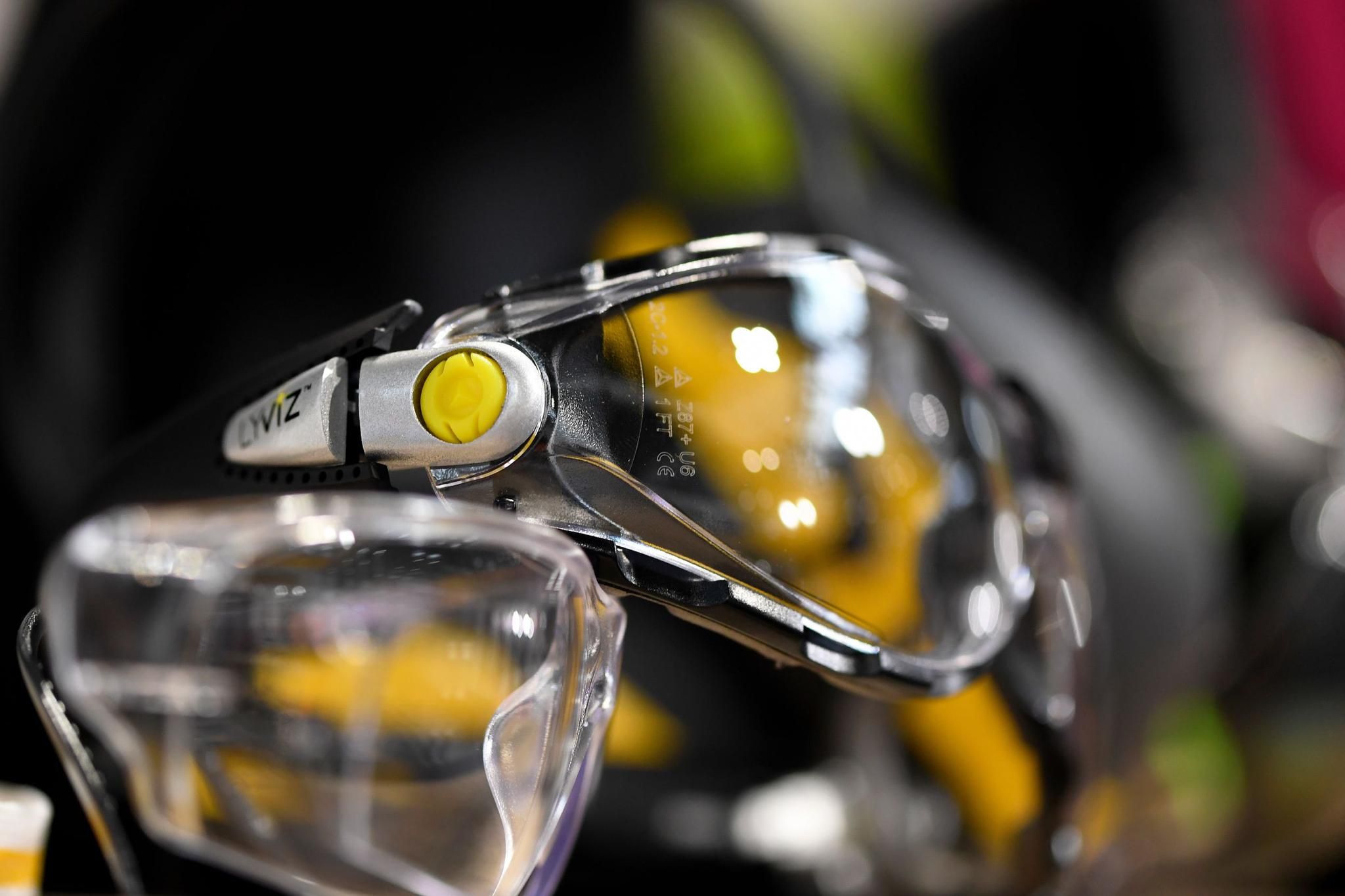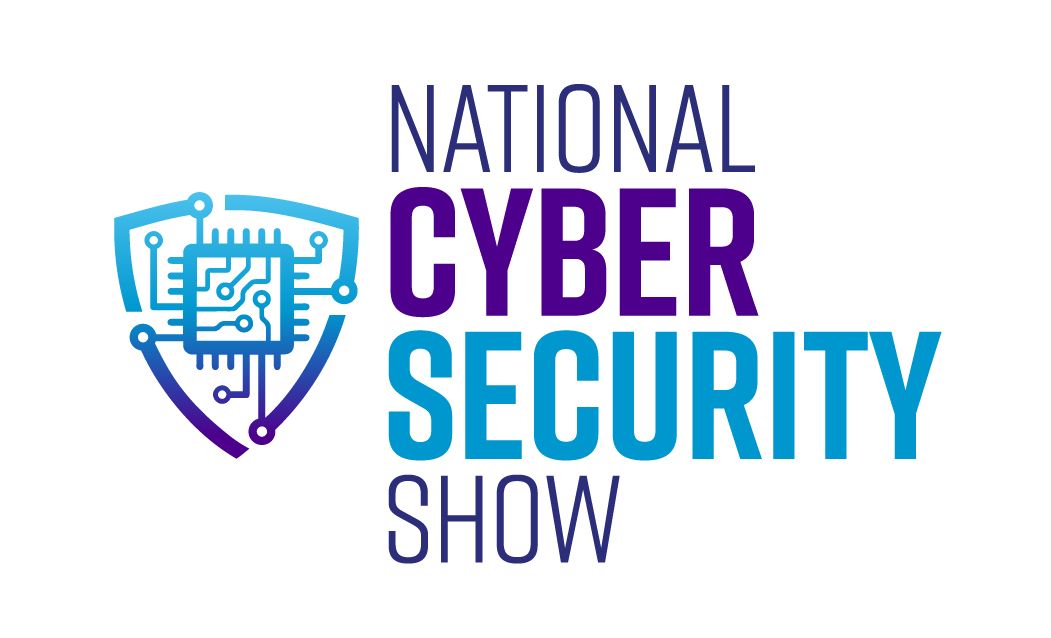Evac+Chair - does your building have one?
Manufactured in the United Kingdom in a state-of-the-art headquarters, Evac+Chair uses world class technologies and processes. With a wide range of accreditations including ISO 9001 Quality Management standards, ISO 13485 Medical Device Quality Management, and a number of quality checks throughout the entire manufacturing process and prior to shipment; Evac+Chair prides itself on its superior product quality.
Planning for the safe evacuation of everyone, has become of increasing prevalence in recent years. With many commercial organisations adopting a more inclusive recruitment strategy to attract a wider demographic of employees, it is imperative that the correct health and safety policies and procedures are in place. From improved accessibility and facilities, to having an evacuation plan that details how a mobility impaired individual will be assisted in the event of an emergency evacuation, organisations must ensure they are appropriately prepared. With the average retirement age increasing coupled with the growing number of disabled individuals in employment (4.8m in the UK in 2020/21) and many more individuals living with non-visible disabilities, it is of increasing likelihood that in an emergency there will be someone who will require assistance to evacuate.
Emergency evacuation for everyone
Everyone has the right to a quick, safe means of escape, which sounds simple enough for the able-bodied and something which is never questioned, or no doubt thought about. However, the same cannot be said for those who have a mobility impairment, it is a daunting, frightening experience. As soon as the fire alarm goes off, they know only too well this starts the waiting game for them. Not only will they have to wait for assistance to be taken to the safe refuge area, but they will also then have to wait to be evacuated, watching everyone rush out of the building, to safety. Even in a false alarm, the feelings of abandonment and fear are known only too well by those individuals who are left waiting. The question is clear, how long can we continue to let this happen?
Historically, the focus has been on visible impairments and almost all the signage we see, depicts that being disabled means being in a wheelchair. In today’s society, we know that this view is outdated and not reflective of the world in which we live. The terms ‘mobility impaired’ and ‘disabled’ now cover a much broader spectrum of conditions and many are not always visible or permanent. Temporary impairments, such as a sporting injury, pregnancy or recovery from surgery and non-visible impairments such as mental health, illness or neurological conditions, can impact a person’s ability to self-evacuate and can be further exacerbated, during an emergency situation. At some point during all of our lifetimes we will become mobility impaired, or our mobility will be impacted. With all of this in mind, there is a need for more to be done to ensure no one is left waiting to be evacuated, or worse lose their life.
It is estimated that 1.3 billion people (1 in 6) equating to 16% of the global population, have a moderate or severe disability and an estimated 386 million of the world’s working-age population have some form of disability. In the United States alone, 2 in 10 adults live with a disability, 306 million have difficulty walking or climbing upstairs, 12 million require assistance with everyday tasks and 3.6 million use a wheelchair. With these statistics increasing due to an aging population, rising numbers of obesity and chronic health conditions, now is the time for change.
The importance of safe evacuation for all
These statistics highlight more than ever, the importance for all commercial buildings to have the means to evacuate everyone. Whilst fires are the emergency that we all naturally think of being the main cause of an evacuation, there are a number of other risks that need to be considered. The climate crisis is making flooding and extreme weather the norm and the energy shortage is increasing the likelihood of blackouts. In addition, broader emergency situations such as security breaches, terrorism, and electrical faults – especially in densely populated areas (cities and urban locations) are all increasing the number of risks and therefore the likelihood of the need to evacuate in an emergency.
Being prepared for any eventuality and having the correct assistive equipment will ultimately save lives, should the worst happen. A mobility impaired person trying to evacuate without assistance may impede the whole evacuation process, and as a result put others’ lives along with their own, at risk. With lifts out of service and the stairs being the only option, it is not uncommon for people to panic and race to exit a building; causing accidents and congested stairwells, leading to further delays for everyone involved.
Planning ahead will save lives in the future, having an evacuation plan that has been tried, tested and is regularly checked and updated will ensure the correct measures are in place in order to evacuate everyone. It is imperative during the planning stage, to factor in the building and its layout. Challenges can arise when evacuating high-rise buildings, where there will be many individuals all rushing to the fire exits and the time needed to travel down multiple flights of stairs to exit the building, will mean the evacuation will take longer - the higher the building, the more complex the evacuation plan.
Using the correct equipment to evacuate buildings safely.
Having a suitable evacuation plan which includes a PEEP (Personal Emergency Evacuation Plan) or a GEEP (Generic Emergency Evacuation Plan) to detailing the correct assistive equipment, is of paramount importance. Furthermore, ensuring everyone knows what to do in an emergency, including personnel who are trained to assist in the safe evacuation of everyone from Fire Marshalls to operators of assistive equipment, will ensure the evacuation is successful.
The type of assistive equipment required depends upon the building, the personnel who require assistance and the evacuation route itself. Evac+Chair offers a wide range of products to suit any type of staircase or personnel requirement and it is vital these requirements are taken into consideration, when selecting the correct equipment. In addition, the assistive equipment must be stored in the correct location, ensuring it is easily accessible and regularly maintained. An Evac+Chair is quick and easy to deploy and use, providing complete peace of mind that should you need to evacuate the mobility impaired; you can do so safely and quickly. Evac+Chair products are suitable for all environments including (but not limited to) offices, hotels, schools, sports stadia, retail outlets, healthcare and factories, each chair has a unique set of features that make it more suitable for certain environments.
The safest and fastest way to evacuate down stairways.
The Evac+Chair was invented as a result of a very personal experience, by US citizen David Egan following an emergency evacuation in which he and his wife were involved. David’s wife had suffered from polio as a child, which had caused her mobility to be impeded and when they were forced to evacuate from the 38th Floor of a Manhattan building, David had to carry his wife to safety as there was no assistive equipment. Following this event, David recognised the need for a product to assist in the quick and safe evacuation of the mobility impaired and set about designing a solution that would do just that.
Today, the iconic blue and yellow Evac+Chair is recognised worldwide; exported to 70 countries, across 6 continents and has assisted in saving countless lives. Earning a well-deserved place in the 9/11 memorial museum for assisting in the evacuation of mobility impaired people, during the twin towers attack, the Evac+Chair is undoubtedly a life saver.
Whilst the fundamental design aspects of the Evac+Chair have been unaltered over the past 40 years, customer insight and investment in R&D has led to the product range being expanded and enhanced, providing greater safety and comfort to both the operator and passenger. Independent research carried out by the University of Greenwich concluded that an Evac+Chair provides the safest, quickest means of escape for the mobility impaired, compared with other types of evacuation products.
Evac+Chair is dedicated to evolving its products and delivering innovation. Investing in research and development and listening to customer feedback, Evac+Chair ensures its products meet the needs of its customers and is committed to creating a safer, more inclusive world. With the risk of an emergency evacuation growing and the global number of individuals with conditions that affect their mobility increasing, being prepared for the quick and safe evacuation of everyone must be a number one priority for us all.


.png)
.png)
.png)
.png)
